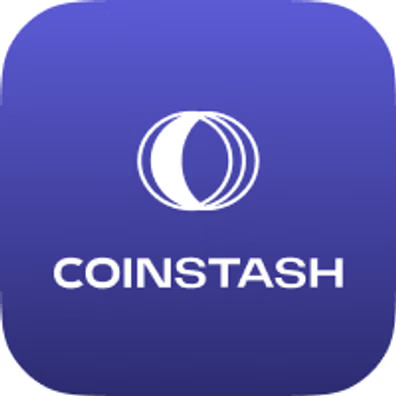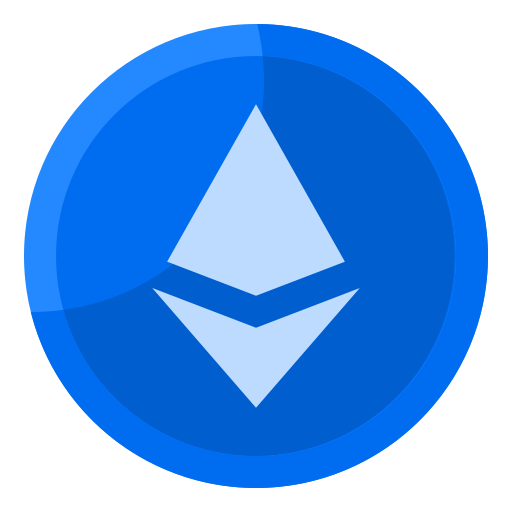Polkadot

Login to add your review.
User Reviews
Frankygik rated ★ ★ ★ ★ ★ (5/5)
Switching from Solidity to Substrate was like upgrading from a bicycle to a spaceship. We built a custom blockchain with privacy features in 6 weeks using FRAME pallets. The developer community is insanely supportive
luismora rated ★ ★ ★ ★ ★ (2/5)
XCM is theoretically brilliant but practically clunky. Transferring DOT to Kusama required 7 steps and a 0.1 DOT fee. Meanwhile, LayerZero and Wormhole dominate real cross-chain volume
TraxcoX rated ★ ★ ★ ★ ★ (2/5)
Nominating validators is a nightmare. Picked 16 'active' ones with 5% commission, but only 3 got elected. Wasted 2 weeks unbonding to switch. Now I just use Kraken for 12% APY with zero hassle
kevin09 rated ★ ★ ★ ★ ★ (4/5)
Voted on Treasury Proposal #83 via Polkassembly. Our DAO got 50K DOT ($200K) to build a wallet for blind users. Polkadot's on-chain governance actually works – if you can stomach the learning curve
12_FINGERS rated ★ ★ ★ ★ ★ (5/5)
Built our DeFi protocol on Moonbeam (EVM parachain) in 3 months flat. Cross-chain messaging (XCM) lets users bridge assets from Ethereum with 90% lower fees than traditional bridges. The Substrate framework is a game-changer – we forked Acala's pallets and customized our chain in weeks
About Polkadot
Polkadot is a next-generation blockchain platform founded by Dr. Gavin Wood (co-founder of Ethereum) and launched in 2020 by the Web3 Foundation. Designed to enable a truly interoperable and scalable network of blockchains, Polkadot’s main goal is to allow multiple, specialized blockchains to transfer messages and value in a secure, trust-free way.
At its core, Polkadot uses:
A Relay Chain – the central chain that coordinates security, consensus, and cross-chain interoperability.
Parachains – independent blockchains that run in parallel, each optimized for specific use cases.
Bridges – connections to external networks like Ethereum or Bitcoin.
Polkadot’s native token, DOT, is used for staking, governance, and bonding new parachains. Its design aims to overcome the limitations of older blockchains by making it easier to upgrade, scale, and communicate across diverse blockchain ecosystems.
In summary, Polkadot is an innovative platform pushing the vision of a connected, decentralized internet (Web3) by enabling blockchains to work together seamlessly.
If you'd like, I can also explain how it compares to Ethereum or what projects are built on it!




